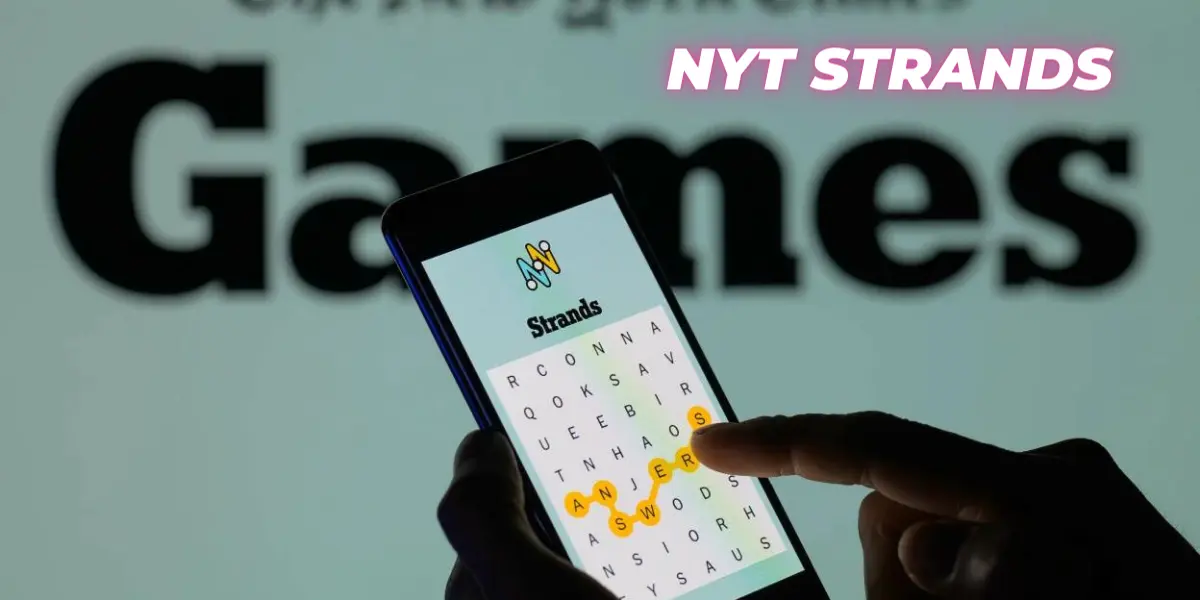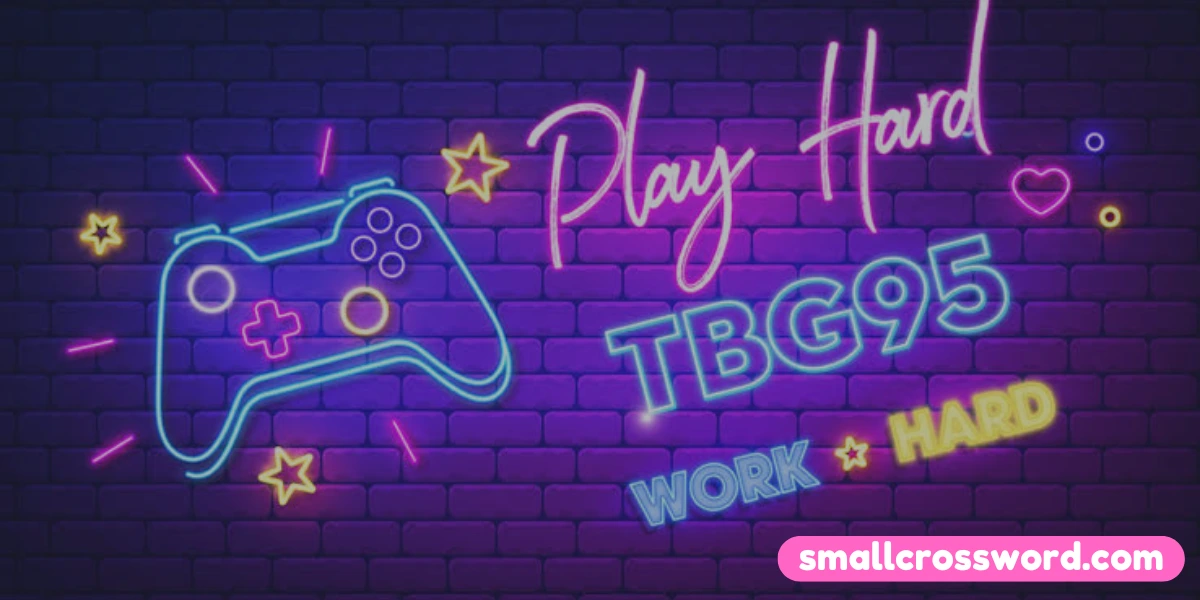
For avid crossword enthusiasts, the New York Times (NYT) crossword puzzle is the gold standard. Its reputation for clever clues, challenging grids, and cultural relevance makes it a daily staple for many. However, there’s an intriguing element within these puzzles that even seasoned solvers might not fully appreciate: the NYT Strands.
What are NYT Strands?
NYT Strands are recurring themes or motifs that appear throughout the NYT crossword puzzles. These strands can be specific types of clues, unique solving techniques, or thematic elements that bind a puzzle together. Recognizing and understanding NYT Strands can significantly enhance your solving experience and appreciation for the intricacies of the puzzle.
The Importance of NYT Strands
NYT Strands are crucial for a few reasons. First, they add a layer of depth to the puzzle. Regular solvers might notice a pattern in certain clues or answers that appear over time, creating a sense of continuity and connection between different puzzles. Secondly, NYT crossword can serve as a helpful solving tool. Recognizing a familiar strand can provide valuable hints and shortcuts to filling in the grid.
Examples of NYT Strands
Let’s explore some examples of NYT Strands that frequently appear in the New York Times crossword:
- Wordplay Strands: These involve puns, homophones, or other wordplay elements that require solvers to think outside the box. For example, a clue like “Half a dance?” for the answer “CHA” (half of “CHA-CHA”) showcases this strand.
- Pop Culture Strands: The NYT crossword often includes references to movies, TV shows, music, and celebrities. Recognizing these can make solving easier and more enjoyable. A strand might include recurring references to classic films or iconic TV characters.
- Geographic Strands: Many puzzles feature clues related to specific locations, such as cities, countries, or landmarks. Familiarity with these can help solvers quickly identify answers related to geography.
- Literary Strands: References to books, authors, and literary terms are common in NYT crosswords. Knowing key literary works and their themes can be a valuable asset when tackling these puzzles.
How to Identify NYT Strands
Identifying NYT Strands requires keen observation and a bit of practice. Here are some tips to help you spot these recurring themes:
- Keep a Puzzle Journal: Documenting the puzzles you solve can help you notice patterns and recurring elements. Note down unusual or particularly tricky clues and their answers.
- Discuss with Other Solvers: Engaging with the crossword community, whether online or in person, can provide insights into common NYT crossword. Other solvers might notice strands you’ve overlooked.
- Analyze the Constructor’s Style: Each puzzle constructor has a unique style. By paying attention to who created a puzzle, you can start to recognize their signature strands.
The Benefits of Mastering NYT Strands
Mastering NYT Strands offers several benefits beyond simply solving the puzzles faster:
- Enhanced Appreciation: Understanding the layers of thought and creativity that go into creating these puzzles can deepen your appreciation for the craft.
- Improved Solving Skills: Recognizing strands can provide clues that make solving the puzzle more efficient. You’ll spend less time stuck on tricky clues and more time enjoying the challenge.
- Increased Enjoyment: The sense of familiarity and connection that comes from identifying NYT Strands can make each puzzle feel like part of a larger, ongoing narrative.
The Evolution of NYT Strands
Over the years, NYT Strands have evolved along with the puzzles themselves. Early crosswords focused more on straightforward definitions and wordplay, while modern puzzles often incorporate current events, social themes, and diverse cultural references. This evolution keeps the puzzles fresh and engaging, reflecting the changing world around us.
Conclusion
The world of NYT Strands is a fascinating and rewarding aspect of solving the New York Times crossword. By recognizing and understanding these recurring themes, solvers can enhance their solving experience, improve their skills, and gain a deeper appreciation for the art of crossword construction. So, the next time you tackle an NYT crossword, keep an eye out for those elusive NYT Strands—they might just be the key to unlocking the puzzle.
In summary, whether you’re a seasoned solver or new to the world of crosswords, paying attention to NYT Strands can transform your puzzle-solving journey. These recurring themes and motifs add a rich layer of complexity and enjoyment, making each puzzle a unique piece of a larger, interconnected tapestry. So dive in, explore the NYT crossword, and discover the hidden threads that weave through the fabric of the New York Times crossword.
Read Also: Big Plus NYT Crossword Clue

